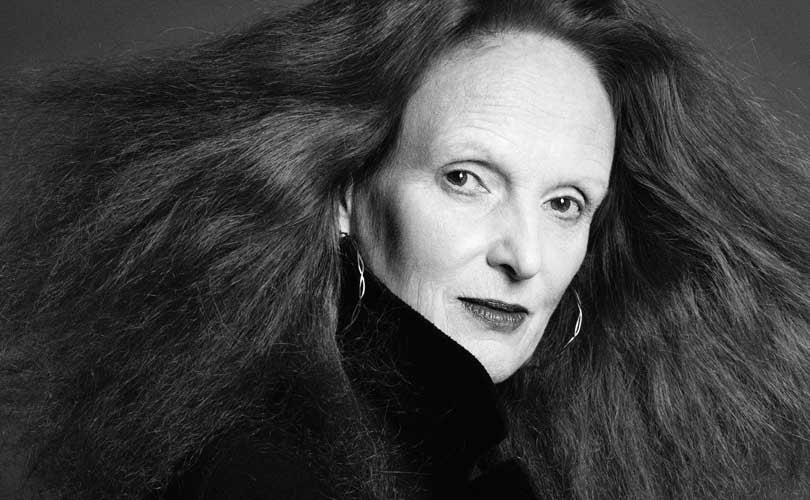Donna Karan left her company that bears her name. Ralph Lauren stepped up to become chairman and relinquished the chief executive title at his company. Harold Koda, the curator in chief of the Costume Institute of the Metropolitan Museum of Art, passed the reins to Andrew Bolton. And now Grace Coddington, the 74-year-old
creative director of American Vogue, the yin to the editor Anna
Wintour’s yang, and an accidental celebrity since the 2009 documentary
“The September Issue,” is dialing down her role at the magazine. She
will, said a spokeswoman for Conde Nast, which owns the magazine, become “creative editor at large,” doing
“several” articles a year for the glossy and exploring outside
opportunities.
Ms. Coddington said, “I’ve been
saying, ‘I’m going to leave tomorrow’ for the last 10 years” — and
though Vogue says it has no immediate plans to replace her full time, it
is bound to shake up the industry for a few reasons.
Second, because Conde Nast has been in a relatively turbulent state for the past few months, as it
wrestles with the relationship between the print and online worlds,
with longtime editors such as Linda Wells of Allure being replaced and
with the closing of magazines such as Details. As the company’s artistic
director, Ms. Wintour is involved in all such decisions, and her moves
when it comes to the company’s flagship (and her own magazine) will
clearly be seen as indicative of wider future editorial strategy.
And third, because Ms. Coddington was a great celebrator of the fantasy of fashion: its power to transport and transform.
She
was less interested in the commercial side of the business and had
almost no interest in the digital side of things, eschewing computers
and email. She favored models over celebrities (though she did style the
Kim Kardashian and Kanye West Vogue cover), and she was clear about
designers she revered and those she did not — all reasons she and Ms.
Wintour were such good sparring partners.
It
was the tension between her love of fashion as an art, and Ms.
Wintour’s practicality and interest in its functionality, both as a
business and in her readers’ lives, that was a large part of making
Vogue, and the movie about it, so compelling.
They
will still exist, of course — just in a less present form. And Ms.
Coddington isn’t exactly going gently into that good night. She is
creating a perfume with Comme des Garçons, due out in April (though Ms.
Wintour only sporadically attends the Comme shows, Ms. Coddington has
been a committed fan). She is doing another book on her work at Vogue
(her 2002 opus, “Grace: Thirty Years of Fashion at Vogue,” weighs 10
pounds, contains 400 pages of shoots and sells for up to $2,450 on ebay for a signed copy). And there is a film about her 2012 autobiography,
“Grace,” in the works. She’s realizing her own brand potential.

As she said in an interview with the industry website Business of Fashion. “I’m not running away from Vogue, because it has opened so many doors.
But it will be nice to collaborate, and nice to go out (and) give talks
to people. It’s just another approach. I’m certainly not going into
retirement. I don’t want to sit around.” She will keep an office and an
assistant at the magazine.
On
a more abstract level, however, Ms. Coddington’s move, along with Ms.
Karan’s, seems like the beginning of what could be a long chain reaction
of a generational shift in fashion. It has been, for an industry that
celebrates youth, a strikingly mature sector, with the greatest power
concentrated in the hands of the same people for a very long time.
Change, when it comes, will have a cascade effect.
Speculation
about what might happen with her former job — a key title at many
magazines — will now join speculation about who will get Raf Simon's job at Dior and who will get Alber Elbaz's job at Lanvin. It’s going to be an interesting fashion season.
No comments:
Post a Comment